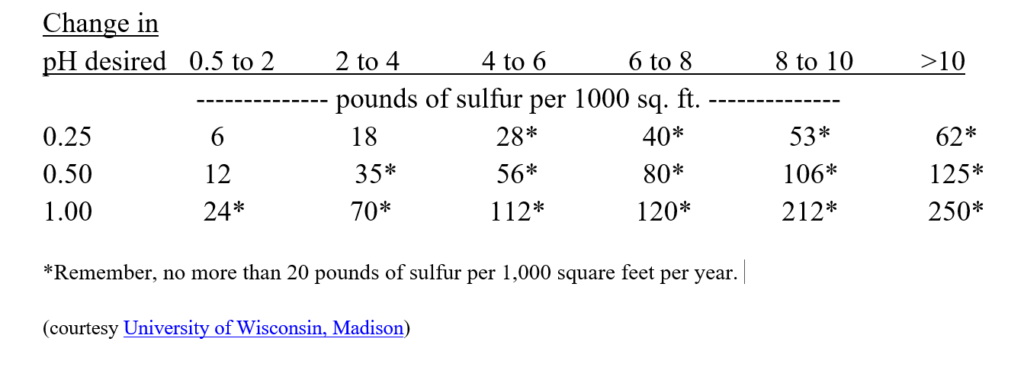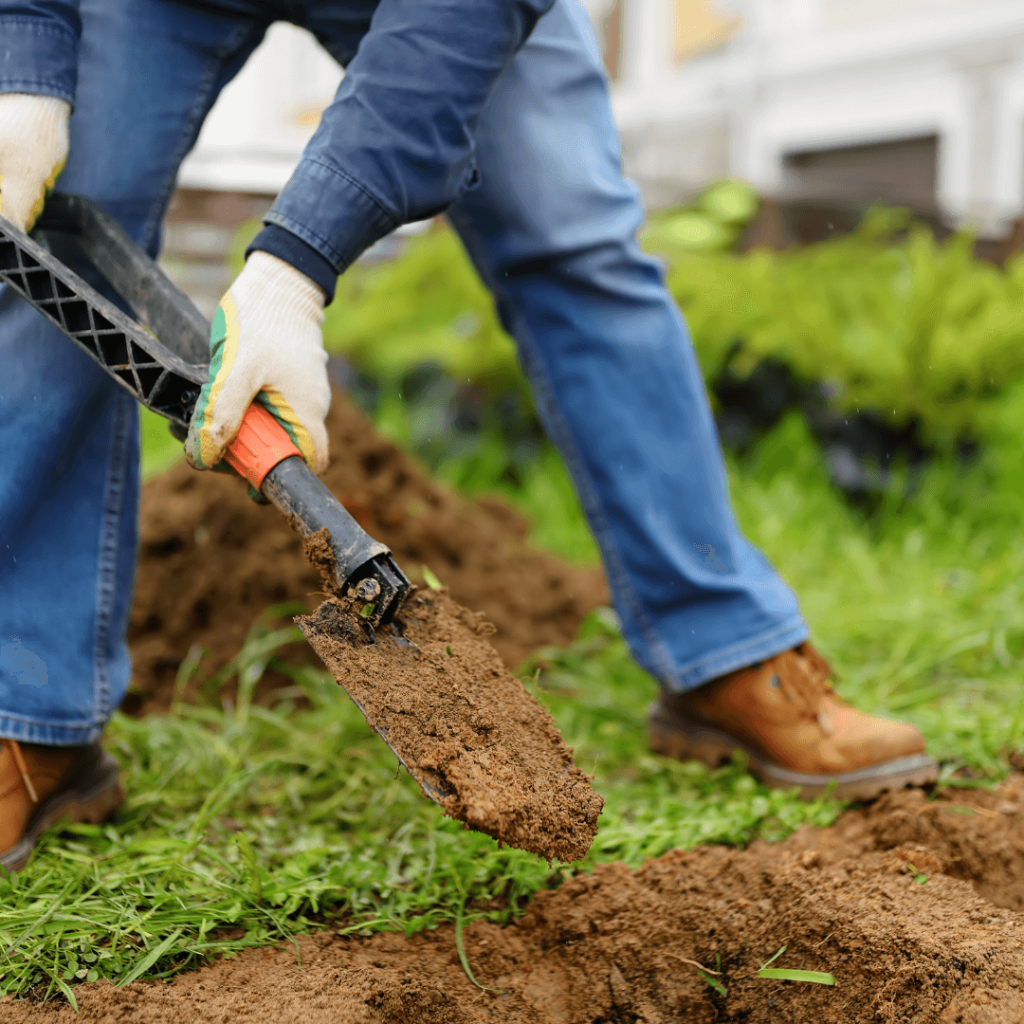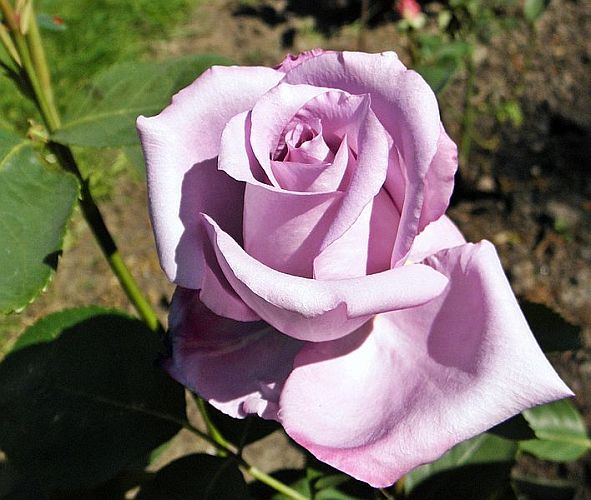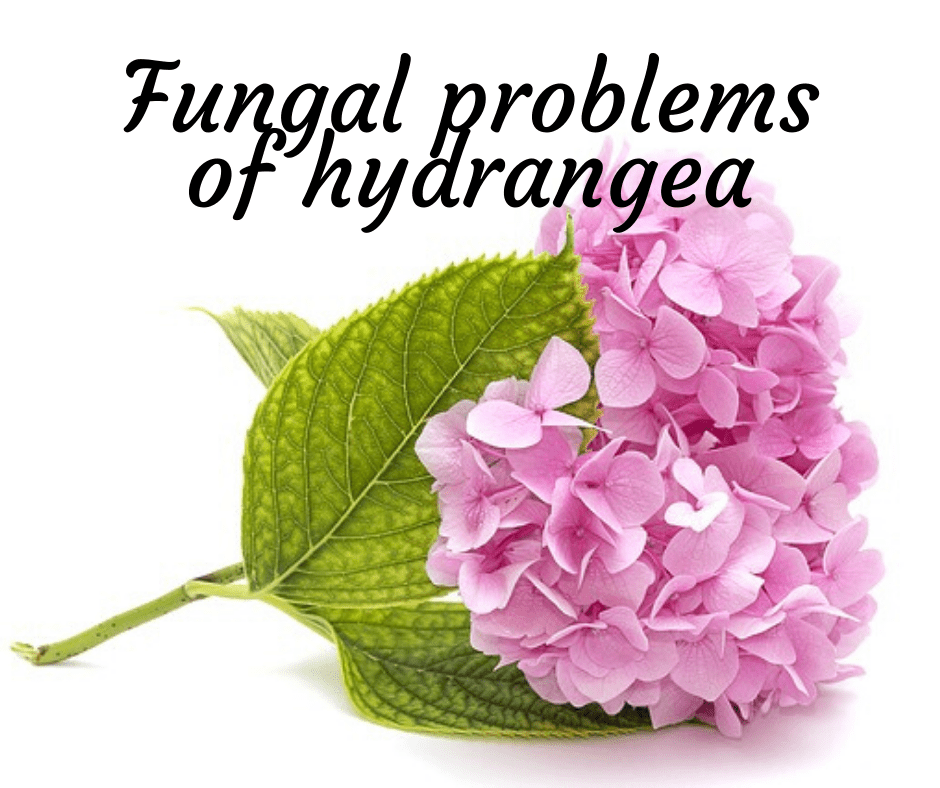This post may contain affiliate links. As an Amazon Associate we earn from qualifying purchases.
Wisteria (Wisteria spp.) has a dirty little secret that new growers generally don’t know: sometimes it stubbornly refuses to bloom.
When does wisteria bloom? When you learn all about what it needs.
The main reason the deciduous vine is grown is for its highly scented flower clusters that bloom in white and various shades of purple and pink.
And, while it grows rampantly throughout the season, taking over the garden, some growers wait uselessly for the scent that never arrives.
Caring for the vine properly helps it bloom when it’s supposed to.

Is your wisteria grafted, grown from cuttings or grown from seed?
When shopping for a wisteria vine, and you hope to have flowers sooner rather than later, look for one that is either grown from a cutting or grafted. Those grown from seeds take a long time to reach maturity – as long as 10 to 15 years – and it won’t bloom as a juvenile.
Even some grafted varieties wait six to seven years to bloom, while others bloom their first year. Once it reaches maturity, if it’s cultural requirements are met, look for it to flower in spring.
I know what you’re thinking: How do I know if my wisteria is grafted?
Look for a bulge or bump near the base of the main stem. Some graft unions are higher than others so check closely further up the main stem.
If you still can’t figure it out, ask the nursery personnel where you buy your plants to suggest a grafted variety that does well in your area. Also, if you are new to gardening, ask him or her to point out where the graft is. In the future, your pruning routine will include removing any growth from below the graft.
Finally, ask: When does this wisteria bloom?

How much sun does a wisteria vine need?
Wisteria won’t bloom if it’s grown in the shade, so plant the vine in an area that gets at least six hours of sun per day.
Amend the soil for new wisteria plantings
Wisteria will flower more profusely when grown in somewhat acid soil, with a pH between 6.0 (slightly acidic) and 7.0 (neutral). You can purchase an inexpensive soil pH tester at Amazon.com.
TIP: Use distilled water for the test and allow the soil and water mixture to sit for at least 8 hours.

Need to reduce the soil’s pH for your wisteria?
It’s possible to bring down a too-high pH by adding elemental sulfur to the soil, but the results can take months to achieve.
Here is a chart from the University of Wisconsin, indicating how much sulfur to use, depending on the degree to which you need to lower the pH of the soil.
If you are an impatient gardener or just need to get that wisteria into the ground a.s.a.p., consider using aluminum sulfate in the planting area instead to bring down the soil’s pH.
The cons to this approach include the sad fact that aluminum sulfate is more expensive than elemental sulfur and you’ll need more of it to receive the desired results.
If you decide to amend the soil with aluminum sulfate, use the above chart for elemental sulfur to determine how much to use, using the following as a guide:

“If 1 lb. of elemental sulfur incorporated in a 9-16 sq. ft. area 6-8 inches deep is needed for each [plant], about 6 lbs. of aluminum sulfate should be added. One pound of aluminum sulfate is equal to about 2 cups.” (University of Wisconsin, Madison)
The experts go on to caution us to “… never use more than 50 pounds of aluminum sulfate per 1,000 square feet “…or 0.5 lbs. per 10 sq. ft. at any one application … as too much aluminum and iron can be toxic to plants.”
Additionally, if you use either of these products to change the soil’s pH, ensure that you dig a much larger planting hole than you would normally.
This is generally a good idea when using any soil amendment because the roots of plants have a very hard time when they meet up with un-amended soil. They may even stop growing.
In the case of wisteria, the roots grow deeper than they do wide, so you’ll need to dig a nice, deep hole.
“Standard [wisteria] plants will grow up to 3 foot below the ground, but older, mature plants can grow as deep as 10 feet,” cautions Caragh Bailey with SAM Conveyancing in the UK .

How to raise the soil’s pH for your wisteria
If you need a more alkaline soil, in this case, meaning that it has a pH of less than 6, you’ll need to raise the soil’s pH.
The best way to do this is to amend the soil with lime. Let’s take a quick look at the different types of lime used in the garden to help you find the right one.
We like ground agricultural limestone. When shopping, you’ll see this product in several forms. The three most common in garden centers include:
- Pelletized
- Granular
- Pulverized
The latter is the finely ground lime. Apply it to the soil about two to three months before planting.
Remember, the addition of anything to the soil should be done with the full knowledge of the type of soil you have, its percolation rate and its current needs.
A general rule with lime:
If you want to raise your pH level by 1, apply 20 pounds of lime per 500 square feet of planting area.
We do hope you’ll get a soil test before you add anything though. Check out your county’s Cooperative Extension. Many of them offer soil testing free or at a reasonable price. Check out our Cooperative Extension Directory to find your local office.
TIP: You may read online that baking soda helps adjust soil pH. This is yet another gardening myth. Please don’t use baking soda in the soil. It contains a whopping 1,260 mg of sodium (salt) per teaspoon. Salt has no place in the garden as it not only harms the soil, but plants as well.
The wisteria planting hole
Place the graft union – the bump on the lower part of the vine that indicates where it was grafted onto rootstock – just below the surface of the soil when planting.
When to water and fertilize your wisteria
Water and fertilizer are necessary items for the young wisteria’s growth. The mature wisteria, on the other hand, blooms best when these items are withheld.
Supply the newly planted wisteria vine with 1 inch of water every week if it doesn’t rain. Water the mature vine only when it wilts.
Fertilize young vines until they reach the size you want, then stop fertilizing, unless the vine isn’t growing properly.
Wisteria, as a member of the legume family, is considered a nitrogen fixer. Use caution when choosing a fertilizer. Choose one with no nitrogen (indicated by the first number in the NPK listed on the package). Nitrogen will inhibit blooming.
To encourage an older vine to bloom, give it 1 inch of sulfate of potash per square yard of soil in the wisteria bed. Scatter it around the base of the vine and water to a depth of 8 inches.
 How to prune wisteria
How to prune wisteria
Before you sterilize those pruners, here’s a tip from the Royal Horticultural Society: “Leave your young wisteria unpruned until it has covered the wall or garden structure and then begin the regular pruning to encourage flowering.”
Pruning the wisteria should be an ongoing chore if you want yours it to bloom the following season. Unless you are growing Asian wisteria, prune out all of last season’s shoots in January. Cut them back until there are only three buds per stem.
Asian wisteria blooms on old wood, so don’t prune off too much. Most experts agree to cut the stems back until they’re five or six inches in length to allow some buds to remain.
In July, prune it again, this time cutting it back to the size you desire. Encourage mature wisteria vines that refuse to bloom with root pruning.
Cut through the roots 2 feet from the base of the vine, in a complete circle around it. Drive a shovel or sharp spade into the soil to sever the roots.



